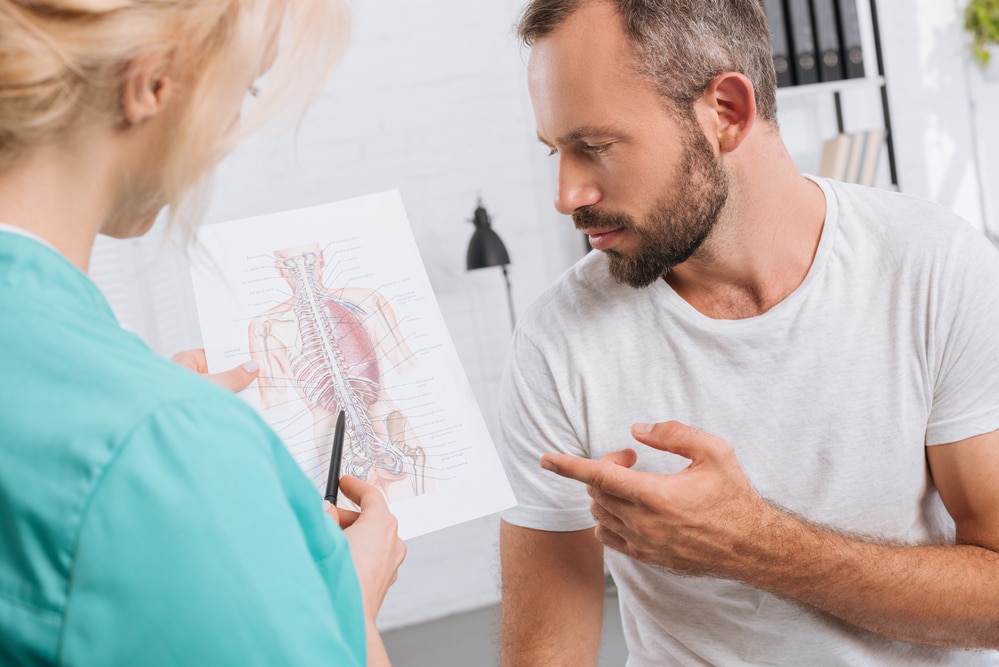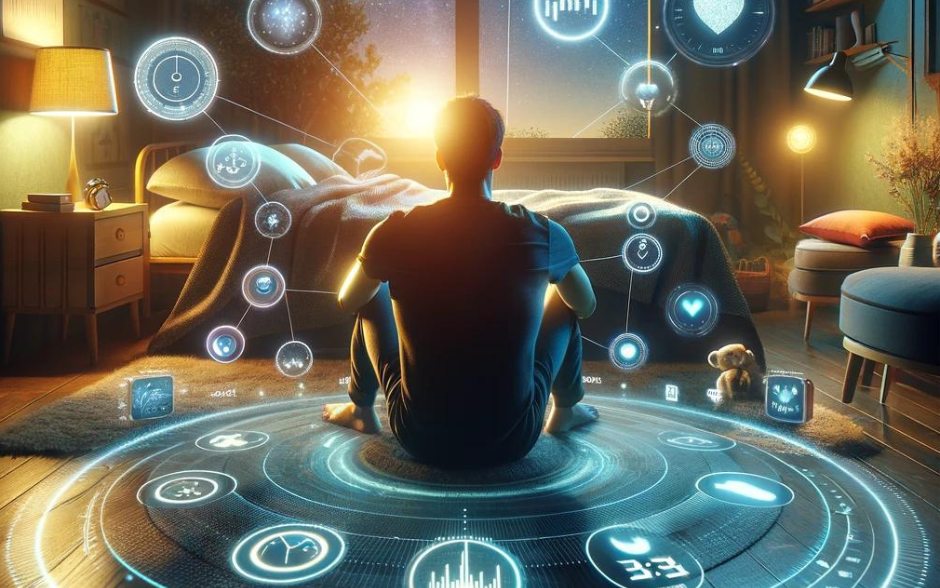What has 500 million neurons and can affect your mood, decisions and behavior? Your brain. Not the brain in your head, though, your second brain – the one located in your gut, better known as your enteric nervous system.
What Some People Won’t Do for Science
Study of the microbiology of our innards began as early as 1680 with Antonie van Leeuwenhoek, who one day decided to compare the bacteria in his mouth with that in his feces. He found a “striking difference” in microbes from each site, then extended his study to other people. Leeuwenhoek found distinct differences in the microbes of healthy people versus those who were diseased.
Enteric Nervous System
The enteric nervous system is the portion of our nervous system that stretches across our digestive system (as opposed to your central nervous system or autonomic nervous system). It’s known as a “second brain” because has its own reflexes, independent of the brain or spinal cord.
Pioneer researcher Michael D. Gershon, MD, explains, “The enteric nervous system is the only part of the peripheral nervous system that is capable of mediating reflex behavior in the absence of input from the brain or spinal cord.”
Neurons
The enteric nervous system is a system of neurons – five hundred million of them – that regulate the gastrointestinal tract..
Three kinds of neurons are found in the enteric nervous system: efferent neurons, afferent neurons, and interneurons,
The entire lining of our gastrointestinal system, from our esophagus to our rectum, is wallpapered with these neurons. (So when someone trash talks that your “brains are in your butt” well, they kinda are.)
How Independent is Independent?
Even when the vagus nerve is severed, the enteric nervous system continues to function. This proves that it operates independently of the brain and spinal cord. They do, however, communicate with and influence one another.
What does it do?
Our bodies move waste through the small intestine the same way an earthworm walks or a snake swallows a pig: the constriction and relaxation of muscles. This process is called peristalsis. In humans this undulating movement pushes waste forward through the small intestine like fans doing the wave at a stadium.
The function if the digestive system has long been known to convert food to energy and waste, through a combination of movement and chemical process. It turns out, however, that this system fuels far more subtle functions.
Your Mood
It turns out that the second brain, and the work it oversees in your gut is deeply tied to mood.
Neurotransmitters send signals to the brain that regulate your mood. The development of drugs to impact these neurotransmitters explosively changed treatment for mental illness. The treatment for depression changed drastically in the 1990s with the advent of Prozac and the other drugs that regulated these neurotransmitters. Serotonin is one such neurotransmitter that regulates mood, sleep and memory among other functions. Prozac and other SSRIs (serotonin selective reuptake inhibitors) allow more serotonin to circulate, improving mood and alleviating depression.
Serotonin, it turns out, is manufactured in large quantities in the gut. Your second brain produces serotonin and other neurotransmitters such as dopamine that move throughout your GI tract and your bloodstream.
It was Gershon, author of The Second Brain who first discovered that serotonin worked as a neurotransmitter in the gut. This discovery was, in his words, “viewed by the scientific world as outrageous.”
As the link between the second brain and mood has been studied, the significance of the connection increases. Meditation is known to increases dopamine. This production affects your mood, which in turn affects production of hormones and neurotransmitters. Neuro researcher Elisabeth Perreau-Linck discovered that mood and serotonin production might be a two-way street: changes in mood can increase serotonin production.
The rich get richer! The happier you are the more serotonin your body produces, and the more serotonin in your brain the happier you are, and so on.
This opens up research frontiers on new interventions for anxiety and depression.
Gut Feelings and the Biosphere
The Human Microbiome is a new frontier in medical research.
Microbiota and microbiome are often used interchangeably, but they are distinct:
- Microbiota is the collection of microorganisms living on the surface and inside our body. Each human microbiota has trillions of microbial cells, mostly bacteria in the gut.
- Microbiome is the entire collection of genes within microbiota
The microbiome of every person is complex and distinct.
A Tale of Two Genomes?
Humans have two genomes, the one inherited from our parents, and our microbiome, which is acquired.
Humans have about 22,000 genes in our entire genome, compared to 3 to 5 million genes in the human gut microbiome. The genetics of these microbes are vastly diverse compared to those found on our 23 chromosomes.
We humans are 99.9% genetically similar to other humans. But the microbiomes of our hands and guts can differ by 80-90%. For this reason, our gut microbiome is also called our forgotten organ.
Why Does it Matter?
The specificity of our individual biomes open immense opportunities for deeply personalized medicine
Microbial colonization begins immediately at birth. Although influenced by a variety of stimuli, namely, diet, physical activity, travel, illness, hormonal cycles and therapies, the microbiome is practically stable in healthy adults. This suggests that the microbiome plays a role in the maintenance of a healthy state in adulthood.
Interventions
Our gut biome is impacted by our very birth. This discovery has led to debate whether health disparities between babies born via C sections versus vaginal birth is linked to the sterile environment of the surgical birth, and the lack of exposure to the vaginal microbiome.
The relation between microbes and we human hosts is complex. Its composition is impacted by
- Aging
- Environment
- Diet
- Activity
- Pathology
- Disease
We can change the biome intentionally or inadvertently through a variety of factors.
- changes in diet
- prebiotics – indigestible substance spurs growth of “good” bacteria in the gut
- antimicrobial-based intervention
- probiotics – microorganism with live bacteria
- fecal microbiota transplantation
Microbial imbalances are linked to disease both within the intestines (e.g., irritable bowel syndrome or colorectal cancer) and outside the intestines (allergies, asthma, or heart diseases).
Stress or disease causes random changes in bio gut. Alcohol consumption, cigarette smoking, environmental challenges, and autoimmune disorders each can trigger microbiome imbalances. Researchers hope to predict specific changes, or develop new treatments by changing the bionome.
New research brings us novel strategies to predict, diagnosis, monitor, treat or cure disease, for ex., probiotics to treat neurological disorders. Other studies have addressed gut bacteria and anxiety, schizophrenia, autism, depression and rheumatoid arthritis.
Treatments might include probiotics or transplant. This would be a highly personalized form of medicine due to the immense variability of microbiome from person to person.
Our brain and this second brain impact each other. The enteric nervous system is so complex, so discrete, that it was discovered far later than other more widely known parts of the central nervous system. For 100 years after its discovery, however, it was thought simply to control the movement (innervation) of our digestive tract, that is, simply moving food from point A to point B.
The stunning discovery, however, that housed within this system is a genetically complex, diverse, and individualistic bionome which controls what we do and how we feel, has opened to new areas of research and understanding, with infinite potential for innovative new treatments.
As one NIH study concluded: “There is huge potential for manipulating the microbiota to sustain, improve, or restore the microbiota in at risk or diseased individuals.” We don’t need two brains to figure out that’s a good thing.



